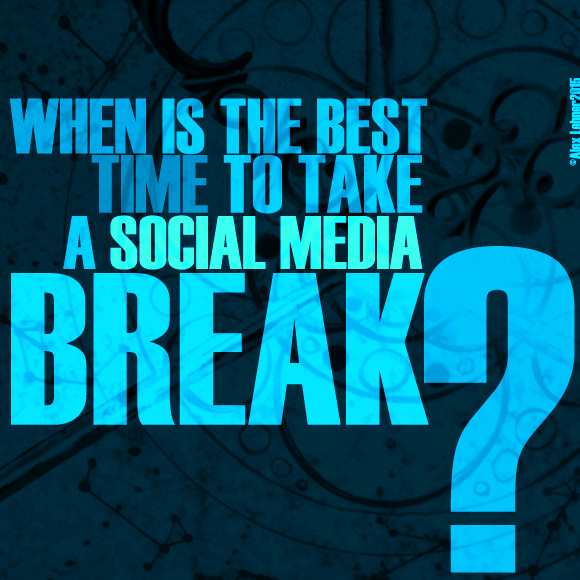
Wait. There’s a best time for a Social Media break?
Recently, nearly everyone has been on vacation of one sort or another. We’ve had Thanksgiving, Christmas, and New Year’s Day in succession. People tend to add on more vacation days to make these holidays into longer breaks so they can have a week or two off work. Because there aren’t as many people online it’s a good time to take a break! What are some other good times for a social media break? Or do we have to be on 24/7?
Everyone talks about the best time to post–how about the best time not to post?
Nobody tells you the best time to do nothing. Personally, I think we need to honor the seasons. Look at the trees, all losing their leaves and taking a break. We ought to take a cue from nature and shut down sometimes. Healthline has a terrific article about taking a break around elections: Why now may be the best time to take a break from social media. If elections and/or the Pandemic give you more stress, then the times leading up to and immediately after elections could be particularly beneficial. (In other news, taking a break when nearly everyone is asleep is also a good idea.)
Any holiday week or weekend
The week between Christmas and New Year’s is an excellent time to take a break. Fewer people are online, although it’s an incredibly busy time for merchants and small businesses who do much of their main business during this time. Of course delivery drivers wouldn’t want to take this time off, either. But for most of us, it’s a great time to rest and recover. Simply add a few days on either side of a holiday, and voila! If you’re up for cooking, you might like some of these Japanese recipes a bunch of us tried for Thanksgiving. You could cook them on your social media holiday. Don’t worry–they’re good any time of year!
The Fourth of July week
Historically, the 4th of July is when a lot of people take vacation, and taking a social media break in the summer is a good idea. School is already out for most kids, the weather is warm, and there’s not a lot going on online. It’s a great time to focus on the best chili recipes, to argue about what condiments belong on a hot dog, and to test comfy hammocks.
If you’re tired
Sometimes, social media can be overwhelming. If you feel that the well has gone dry and you’re all out of energy, it’s a good time. You might want to take some time to plan for the next year or few months. By the way, have you read this post about Slow Social Media? It’s related, and you might like it. If you’re stuck, friend Randy Clark also has great ideas about what to write about: 6 Ways to Never Run Out of Blog Post Ideas. (He advises people to get 6-8 weeks ahead of their blog.)
Before you’re sick
Of course, taking time off when you’re sick is mandatory. But how about taking some time for yourself before you’re sick? Doesn’t that sound like a good idea, too? How about calling in well for once? As Kristen Fuller, M.D., says in Social Media Breaks and Why They Are Necessary, it’s good to schedule social media-free days: “Maybe it is every Sunday or maybe it is the entire weekend where you actively decided not to check or engage in your social media accounts.” I couldn’t agree more.








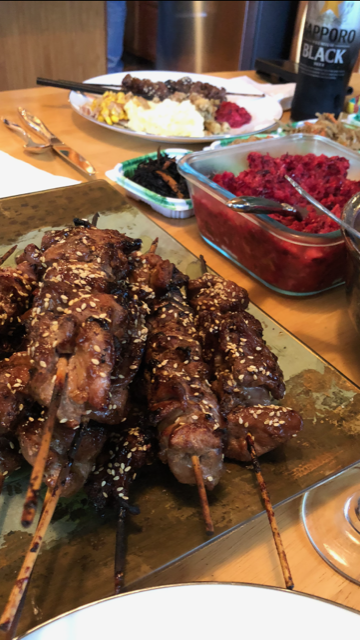

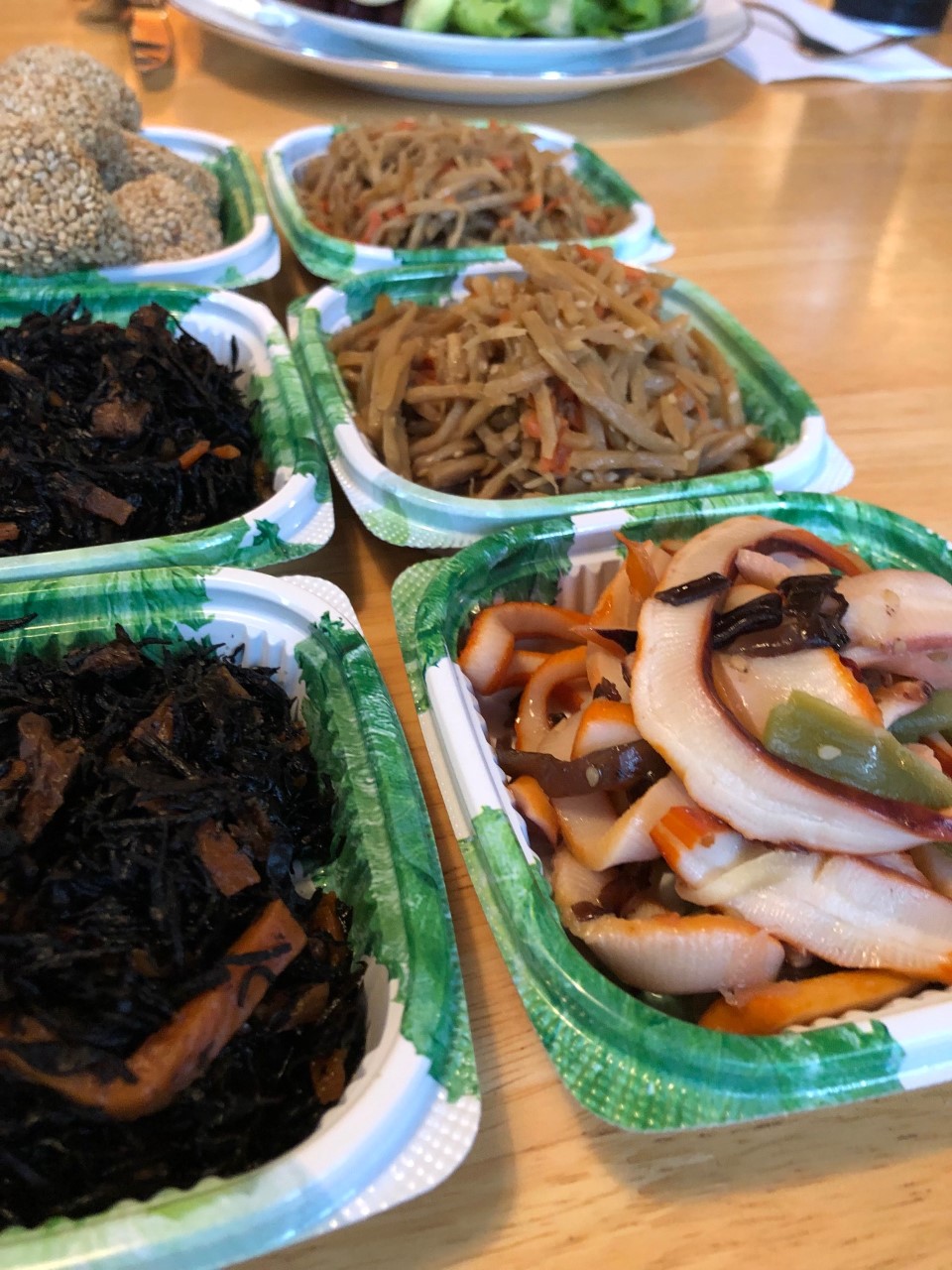
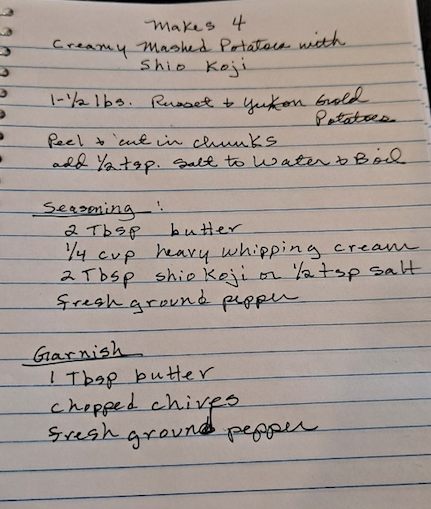
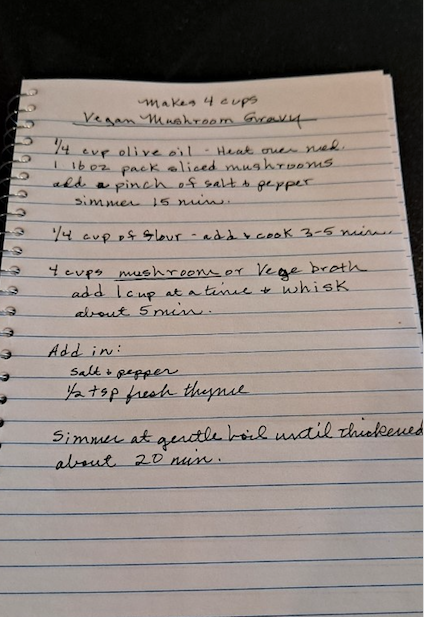

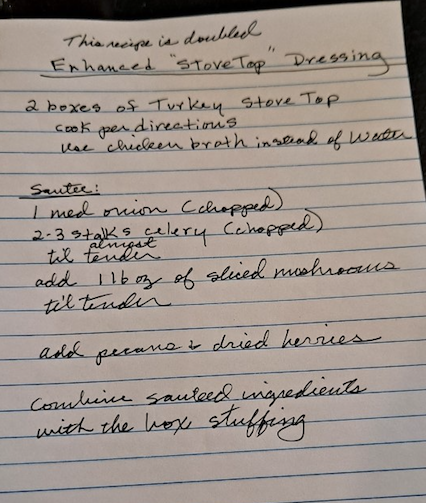
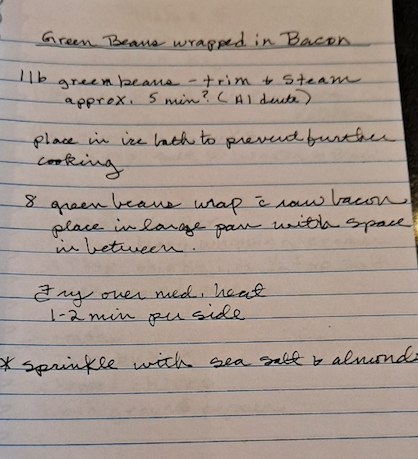





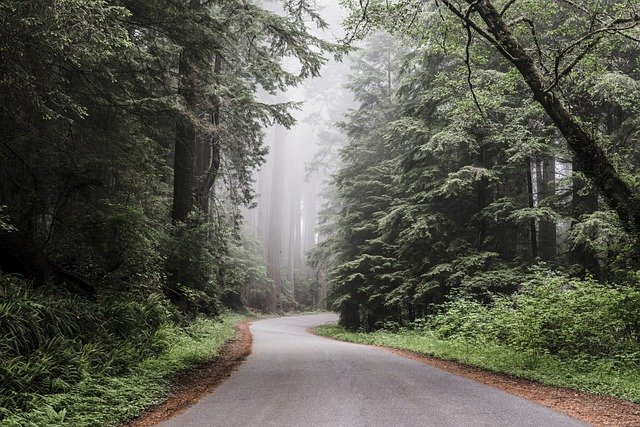




Follow Carol!